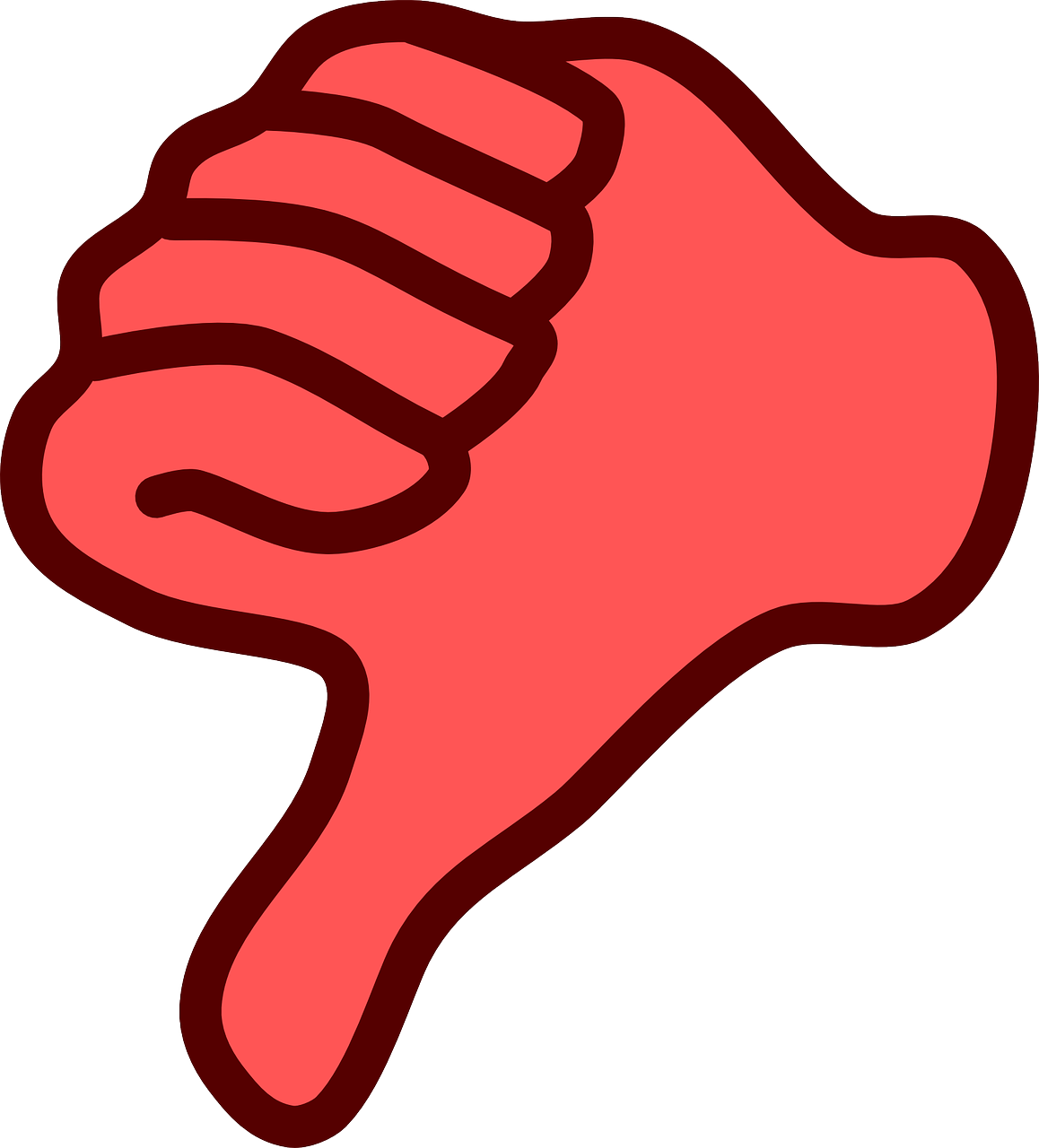Interaction is at the core of social media. Reactions on Facebook. Likes and Retweets on Twitter, Likes and Dislikes on YouTube.
It turns out that last one’s due for a change — a change literally nobody wanted.
“In a response to creator feedback around well-being and targeted dislike campaigns, we’re testing a few new designs that don’t show the public dislike count,” YouTube announced on its official Twitter on Wednesday. “If you’re part of this small experiment, you might spot one of these designs in the coming weeks.”
It’s fortunate for YouTube that Twitter doesn’t have a dislike button. The announcement has been met with almost universal derision from some of YouTube’s top creators, and the only place we’ve seen even the remotest amount of praise for the decision are publications that likely aren’t even on the platform. We cannot help but wonder who asked for this.
Because it certainly wasn’t the creators who have for years been YouTube’s bread and butter.
YouTube’s reasoning for the decision, explained in a community forum post, makes very little sense. According to the company, the decision is intended to protect creators from targeted dislike campaigns. Said creators will still see the exact number of likes and dislikes in their studio, but the ratio will otherwise remain invisible to others.
The problem is that this ratio has long been a measure of content quality. Good content — informative, entertaining, fact-based, and valuable — accrues more likes, while bad content trends in the opposite direction. There’s also one other tiny detail YouTube is fecklessly side-stepping with this charade.
Its copyright claim system is utterly broken and has been for years. Even a cursory search brings up countless stories of creators who saw their livelihoods destroyed via fraudulent claims. There are multiple ‘creatives’ who are infamous for this, and BBC reports that extortionists regularly abuse it.
The problem is that the entire system puts the onus of proof on the creator. The person filing the claim barely has to prove a thing. And if more than several videos receive copyright strikes, YouTube terminates the channel that uploaded them.
And all this happens before the channel’s owner even has an opportunity to defend themselves.
Jim Sterling, a reviewer and journalist with nearly one million subscribers, was subjected to so many fraudulent copyright strikes that Youtube implemented protections against it. Yet, that still didn’t stop a developer from recently attempting to get their channel removed from the platform. They only managed to reinstate themselves by threatening legal action, reports Heavy, and the man responsible is still filing copyright strikes against them.
If YouTube is actually interested in preventing “targeted harassment,” it needs to listen to its creators. It needs to address the actual vehicle through which people are being harassed and abused on its platform. It needs to get rid of ContentID and fix its fundamentally broken copyright system.
Until it does, it doesn’t matter how much it says it wants to protect its creators; it’s just shouting empty words into the void.
